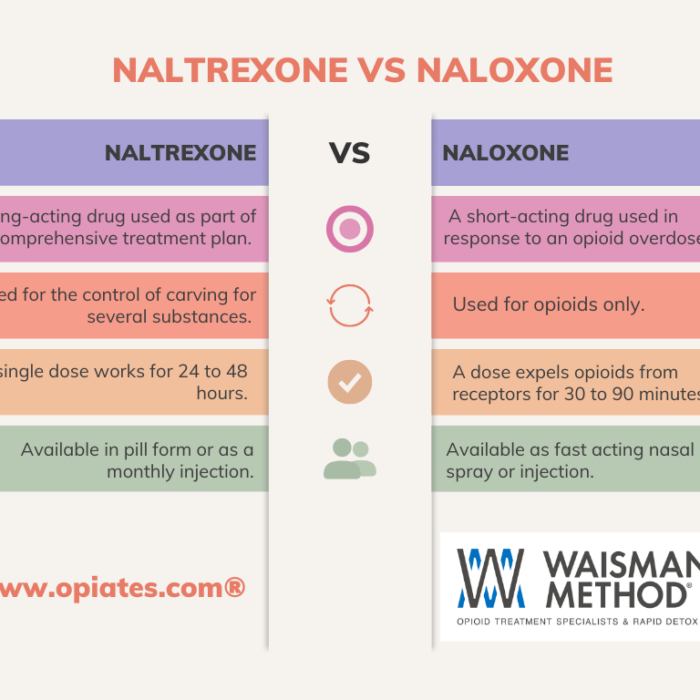A recent headline case out of western Pennsylvania highlights a growing problem that threatens us all – accidents and fatalities caused by drivers high on prescription medication.
Late in November, 7-year-old Octavius Stone of New Castle, Pa. was mowed down in a friend’s front yard by Virgil Coonfare, 66, who is believed to have been under the influence of a narcotic painkiller and another unspecified central nervous system depressant.
Coonfare is charged with homicide by vehicle, driving under the influence of a controlled substance, and aggravated assault by vehicle. The last charge is related to another boy who received non-life-threatening injuries when Coonfare’s vehicle left the roadway and hit the boys.
Witnesses recall seeing Coonfare accelerate when he entered the yard, hitting the boys on concrete steps. Reports say Coonfare didn’t stop but was chased by a neighbor who could stop the vehicle. He said Coonfare, wearing one shoe and one sock was stumbling and mumbling, with no idea where he was.
Opiates Can Affect Judgment, Motor Skills, and Reaction Time Behind the Wheel
Experts say problems with prescription painkillers have reached epidemic levels in most communities. Drugs containing opiate ingredients, including Oxycodone and hydrocodone, have been linked to a growing number of cases of abuse, addiction, and overdose.
These medications are taken responsibly by millions of Americans each year. When taken according to label recommendations for a short period of time, they rarely cause problems. But if taken for an extended period of time or abused, they can quickly lead to a spiraling problem with opiate addiction.
Opiates depress the central nervous system and affect judgment, motor skills, alertness, concentration, and reaction time. People are advised not to drive until they know how the medication will affect them.
How Is Impairment Detected?
Driving under the influence or DUI is most often associated with alcohol intoxication. This charge can also be brought against drivers impaired by illegal or prescription drugs such as opiates, sleeping pills, or sedatives.
Alcohol impairment is measured by blood alcohol concentration (BAC). A BAC over a certain level is against the law in all 50 states. It’s typically easier to get a DUI conviction when alcohol is involved because it’s flushed from the system quickly. It’s difficult for defendants to argue they weren’t impaired at the time of an incident if the BAC is over the limit.
Drugs are metabolized at varying rates within the body. For example, marijuana can be detected in the body weeks after use. So, testing positive for marijuana after a traffic stop doesn’t necessarily indicate whether someone was high at the time.
Some jurisdictions use officers trained to detect impaired motorists by closely watching eye movement, behavior, coordination, and other cues.
Safe Usage of OTC Drugs: Essential Tips and Guidelines
Welcome to your comprehensive guide on safely navigating the world of OTC (over-the-counter) drugs. In this essential read, we dive into critical tips and strategies to maximize the benefits...















